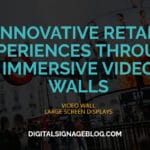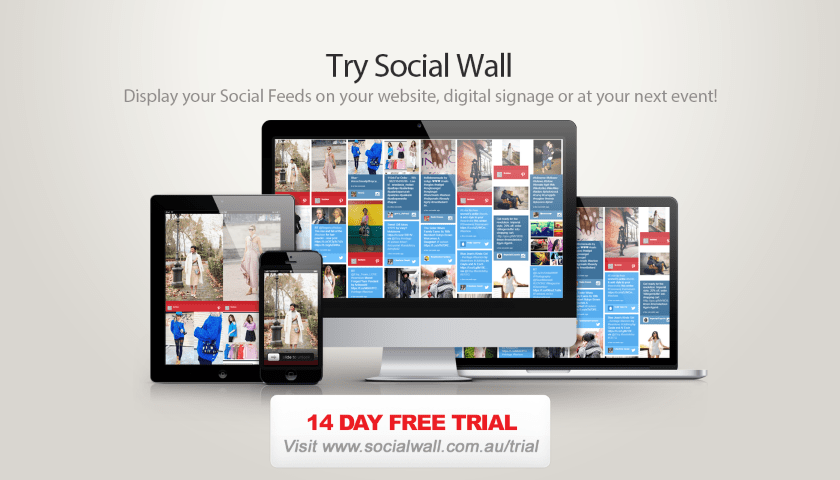Guest Posts
Construction for Large-scale Digital Signage
Written by Guest Blogger: Drake MacDonald from ConstructionManagement.net
In recent years, large-scale digital signs have become one of most popular forms of advertising and communication. This is largely due to the fact that these signs seem to be an incredibly effective way of reaching consumers. By using large electronic screens, advertisers and businesses are able to quickly and efficiently send messages to passersby walking on the street or driving in the cars. Not only that, but these signs also allow businesses to send targeted messages to consumers at specific locations and times. Clearly, the benefits of large-scale digital signs are endless. Yet, their seemingly complicated nature may cause you to be hesitant about constructing one of your own. However, the truth is creating such a sign is far less complicated than you might think. In fact, you don’t even need construction management experience to get a sign up and running and start attracting more customers to your store.
What is large-scale digital signage?
Large-scale digital signage is a form of large electronic display (usually a LCD, LED or plasma screen) that shows information and other messages to those in the general vicinity. The signs can be used in various environments, from retail stores to corporate offices, and are used to send messages to certain audiences at specific times.
According to Sensagent, what makes digital signs better than static signs is that “the content can be exchanged more easily, animations can be shown and the signs can adapt to the context and audience, even interactively.” As a result, those whose digital signs are often able to effectively reach their target audience as well as many others, allowing them to often wind with a considerable return on their investment.
The history of large-scale digital signage
Large-scale digital signage was created first by a company called Scala back in 1987. The software used to create these signs was originally developed for cable TV, and was called Commodore Amigas. By 1997 Scala multimedia had gained quite a bit of notoriety, and won the “ Gold Award” for their cutting-edge technology. Over the next few years, an increasing number of businesses and advertisers began demanding digital signs.
As a result, the company began to look to the future, by creating a platform that could process high definition quality graphics and videos and focusing their attention on the global market place. The success experienced by Scala lead them to celebrate their 20th anniversary in 2007. Ironically, at this time much of the industry was just beginning to adopt the technology to Scala had been using to create large-scale digital signage for years.
Today large-scale digital signage is part of modern society. It is how the media, public works and many other businesses involved in communications get the attention of the public. In fact, major companies such as McDonald’s, T-Mobile, Virgin Mega Store, Burger King, Shell and Warner Bros all utilize large-scale digital signage to reach out to their customers.
Construction of large-scale digital signage
Creating large-scale digital signage having an LED display (or some other type of large screen), a media player and a server that sends out the communication and Internet access. The most important part of constructing a large-scale digital sign is making sure that the media player you are using and the content you wish to display are connected or are all part of one device.
If these three things are located separately, then it is likely that you will have to run A/V wiring between the display, media player and the server. You will also need DVI, HDMI or VGA component cords to make this connection. However, if you already have these supplies, then you can begin construction on your large-scale digital signage. Ideally, you should consult with a professional when setting your sign up, but it is not essential. If you think you are capable of setting up your sign on your own, you certainly will be able to save yourself a lot of money.
Clearly, large-scale digital signage will continue to be a large part of the future of consumer communication. Not only do these signs reach a variety of audiences with ease, but they also have the capability of sending targeted messages to consumers, which is an important marketing strategy for any business.
LIKE WHAT YOU'VE READ?
When you subscribe you will also join other Digital Signage readers who receive our content right in their mailbox. Good luck!







Exceptionally well information you have shared here. We really impressed with your great information